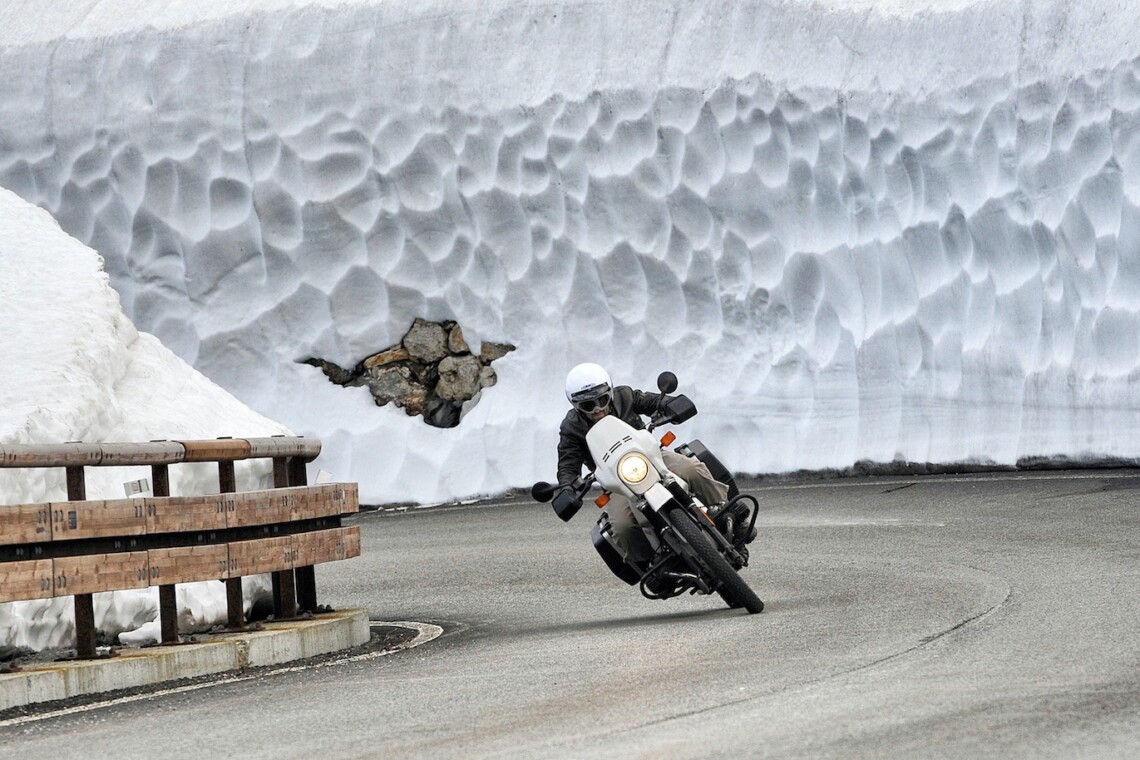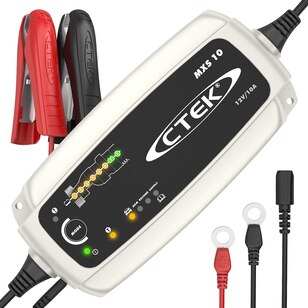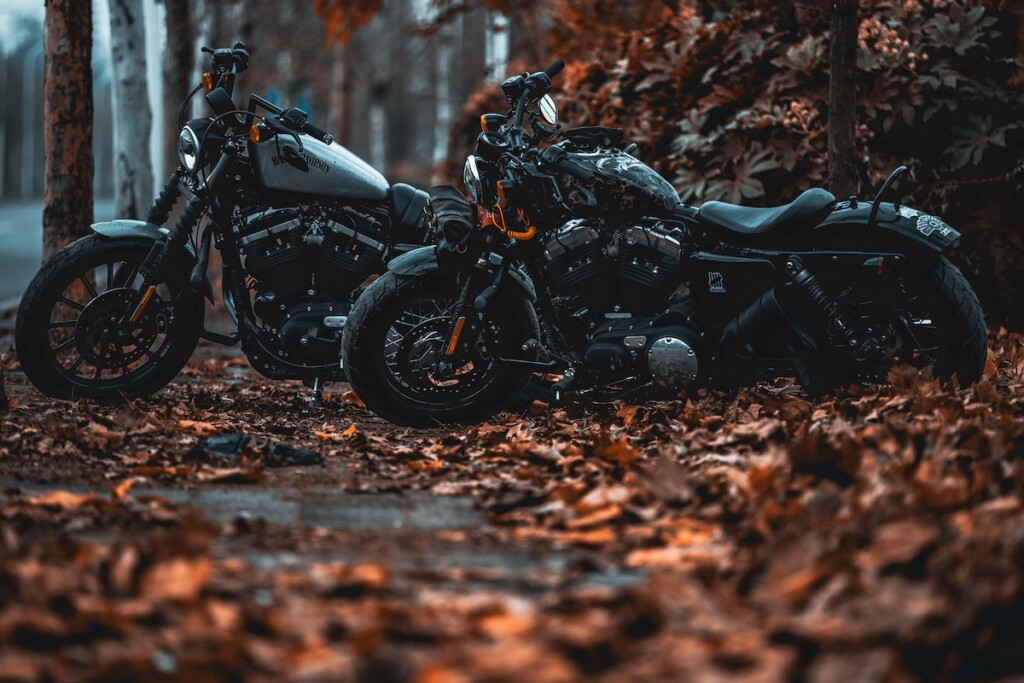Bern Moto Festival vs Lyon Motorrad Messe: the Game
- 2023-12-10
- Kultur, Tipps und Tricks
Mit der ersten Edition dieses neuen Schweizer Moto Festival in Bern waren die Erwartungen gross und vielleicht auch ein wenig unverhältnismässig. Hat…
Mehr lesen
Das ist es! Die Temperaturen sind gesunken, die Strassen sind mit Blättern bedeckt und der Herbst ist in vollem Gange. Es wird Zeit, die Frage zu stellen, der sich jeder Biker stellen muss. Sein Motorrad überwintern oder weiterfahren? motorrad richtig winterfest machen
Mit immer milderen Wintern und immer selteneren Schneefällen im Flachland ist das Motorradfahren in der Schweiz das ganze Jahr über (fast) keine Utopie mehr.
motorrad richtig winterfest machen

Was sind also die Argumente für das eine oder andere? Es ist klar, dass es letztendlich von der Art des Motorrads abhängt, das Sie fahren (Trail/GT vs. Roadster / Oldtimer), und insbesondere von Ihrem Wohnort. Aber hier sind ein paar Dinge zu beachten.
|
Überwintern |
Weiterfahren | ||
| Pros | Cons | Pros |
Cons |
| + Wenn ich mein Nummernschild deponiere, spare ich kantonale Steuern (und möglicherweise Versicherungen, abhängig von meiner Police);
+ Wenn mein Motorrad nicht ausgeht, gehe ich kein Risiko ein, mich zu verletzen oder Sachschaden zu machen; + Es ist frustrierend, nicht zu fahren, aber was für ein Vergnügen es ist, das Motorrad im Frühjahr wieder zu fahren; + Wenn das Überwintern gut gemacht wird, sollte das Motorrad nicht leiden; + Ich kann immer noch ein Motorrad auf Cruizador für einen Tag oder länger mieten 🙂 |
– Ich kann nicht für X Wochen / Monate fahren (es ist frustrierend !!);
– Mein Motorrad ist über einen längeren Zeitraum nicht fährt (3 Monate und mehr), ist an sich nicht gut (Kondensation, Korrosion usw.); – Wenn ich keine Garage / persönliche Box habe, muss ich möglicherweise bezahlen, um eine zu mieten; – Wenn es einen milden Zeitraum gibt, kann (oder möchte) ich das Motorrad nicht für ein oder zwei Tage fahrbereit machen. |
+ Der Motor läuft weiter, Ihr Motorrad wird es Ihnen danken;
+ Ohne Schnee ist es nicht ungewöhnlich, dass die Tagestemperaturen über 10 Grad liegen, was eine Fahrt ziemlich erträglich macht; + Je nach Motorradtyp (Trail, GT usw.) können Sie problemlos mitten im Winter fahren (ohne Schnee natürlich). |
– Ich zahle weiterhin alle meine Kosten (Versicherung, Steuern usw.);
– Straßen können schwierig sein (Blätter, Eis usw.) -> erhöhtes Risiko; – Es ist eher kontraindiziert, das Fahrrad für kurze Strecken herauszunehmen, da der Motor keine Zeit hat, sich richtig aufzuwärmen; – Ich muss geeignete/warme Kleider kaufen, sonst riskiere ich ein paar Fingerknöchel zu verlieren. |
motorrad richtig winterfest machen
Was auch immer Ihre Entscheidung ist, hier sind einige Punkte zu beachten (ab jetzt in English) oder Französisch (hier).
The risk of falling is higher than in summer, regardless of your driving skills (tree leaves, ice, etc.), so we equip ourselves properly. That way, if that were to happen, we put all the chances on our side to limit the damage. In addition, it will be necessary to keep the body warm and to layer layers. Indeed, it is one of the best solutions to protect yourself from the cold. Also, we will equip ourselves with base layers (Odlo type), wool socks, high shoes, etc. Those who practice winter sports may use some of their technical clothing. Others would be well advised to acquire it.
The extremities are the parts of the body that cool the fastest, so special attention should be paid. For anyone who doesn’t have heated grips (or doesn’t want to install them), consider heated gloves. These can either be connected to the motorcycle battery or run on a stand-alone battery. Count around 200 CHF minimum to have something that… holds up! The advantage is that you can use them afterwards regardless of the vehicle you ride. So perfect for those who have multiple motorcycles.
If you’re riding a high-end bike, it might come with factory heated grips. If you’re not, you might want to take a look at our extended review of the KOSO heated grips. Adding a little comfort to make your winter rides out more bearable doesn’t hurt nobody. Click the image below.
We remind you, who says low temperature, says cold asphalt and tires, and therefore less traction/grip. There’s no point in riding like a savage, it’s the best thing you can do to wipe the floor with your head. So yes to easy riding, no to full throttle. And even with a comprehensive cover, we remind you that there is a deductible to pay, and that if your insurance and to cover the damages, it might alos increase your premium afterwards. We say that, we say nothing 😉
And that may seem obvious to some, but as soon as there is snow on the road, the bike stays in the garage! Unless you go by the name of Marquez and Team Redbull has prepared your bike 🙂 (look at the video here).
Motorcycles have pretty demanding mechanics, and don’t like to be rushed in the cold. The warm-up time must be respected until the engine reaches its operating temperature. Also, and even if the temptation is big, I avoid taking out of the motorcycle to buy the bread. It’s going to hurt it more than anything else. We will try to ride at least 30 minutes, which will also give the battery a boost.
We also remind you that motorcycles are not treated against road salt. And even when there is no snow, this salt accumulates on the road and can become encrusted on the motorcycle (corrosion). So when I take out the bike, I rinse it to remove the residue before returning it to the garage.
If my motorcycle is not stored in a heated room and/or if I do not run it 1-2x / week min. I connect the battery to a battery charger. Be sure to read our article on the tools every rider should have at home here. It’s clear that batteries don’t like the cold. And if they drop below the critical load threshold, you’re good to buy a new one. Also, connecting it to a steady power supply will allow to maintain a sufficient level of charge.

motorrad richtig winterfest machen
Before storing your bike away for a long(er) period, you should wash it properly. It will also prevent grime/ chain grease, etc. to become encrusted. In addition, we are quite a fan of the Red Octopus wipes. These are made from natural Carnauba wax (98% vegetable, no silicones or ketones). You have the option of cleaning the fairing with a wipe and passing the microfiber to polish afterwards. Do the same on the parts of the engine, but without polishing behind. Indeed, this thin film of wax will act as a protective layer during winter.
Your motorcycle will be immobilized for several weeks or even several months and therefore exposed to the vagaries of the climate (thermal amplitude, precipitation, etc.). Also, we will look for a covered place, ideally heated or at least temperate to store it. If you don’t have a place at home, you can rent space in a box, underground garage, etc. And our friend Robin from Rideshaper also offers a wintering service in Lausanne. More info here.
But if I don’t want to pay the extra cost, I will invest in a special motorcycle tarp. Avoid construction tarp because they are (too) waterproof and there will therefore be a risk of condensation under the tarp and therefore corrosion. In any case, check out ideally once a week that water has not accumulated under the tarp. If that is the case, wipe the water and/or let the air dry it and then put the tarp back in place.
We also remind you that your motorcycle must be registered if you want to park it in a public space. Otherwise you can get fined, and the police regularly carry out checks, and do not hesitate to lift the tarps to make sure the bike is registered.
There are two schools of thought here. Either you empty the tank completely, and dry the inside. Or fill it to the maximum (with gasoline, of course). But we will avoid storing a motorcycle with a half full or half empty tank, it all depends on how you see life 🙂 . Otherwise, there will be a risk of corrosion inside.
Some also recommend adding an anti-oxidant or fuel stabilizer. That’s for sure not a bad thing, but since there are already additives in gasoline nowadays, so if you don’t, it won’t be dramatic.
As mentioned above, remember to take out your battery. How? First remove the negative terminal (black) then the positive (red). And to reconnect it, it’s the other way around.
Then store it at room temperature and especially connect it to a battery charger in order to maintain a sufficient level of charge. If you have an AC outlet in the garage, you can leave it in the motorcycle, permanently connected. Current chargers have a “charge hold” function, to maintain this critical level. But in any case, remember to do it at least once month.
If a motorcycle is stored for a long time without moving, there is a risk of deforming the tire which will become flat at the point of contact.
Next, let’s first distinguish between motorcycles that have a center stand and others. For those with a center stand, the rear tire not touching the ground, there is no risk of deformation. But still remember to add a little pressure on the front tire (± 500 gr.). And in addition, you can change the contact point from time to time either by turning the tire or by moving the motorcycle.
For others, ideally, it would be necessary to purchase a workshop stand, at least a rear one. This will also help you when you need to grease the chain, for example. You can find easily cheap(er) second-hand stands, especially on resale sites (Anibis, Tutti). And for the front tire, refer to the previous paragraph.
So much for the main tips. To do all this, allow about 2 to 3 hours, as long as you have the tools. And if you don’t want to bother with all of this, ask your dealership, who will likely offer this service for an extra charge. He will pick up the motorcycle, wash it, store it, connect the battery to the AC, etc. Some will even carry out the admin stuff for you (drop the license plate). In addition, in the spring, they will get the bike ready to ride and even do the servicing if you want. Count between 80-100 CHF/month (without the service), depending on the duration.
And even if you have wintered your bike, remember that you can rent one on Cruizador.com You can rent for one day or more, in a few clicks. As simple as that 🙂
We hope you have enjoyed this article!
Ride on !
motorrad richtig winterfest machen

motorrad richtig winterfest machen